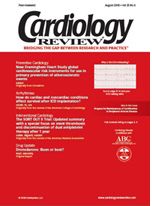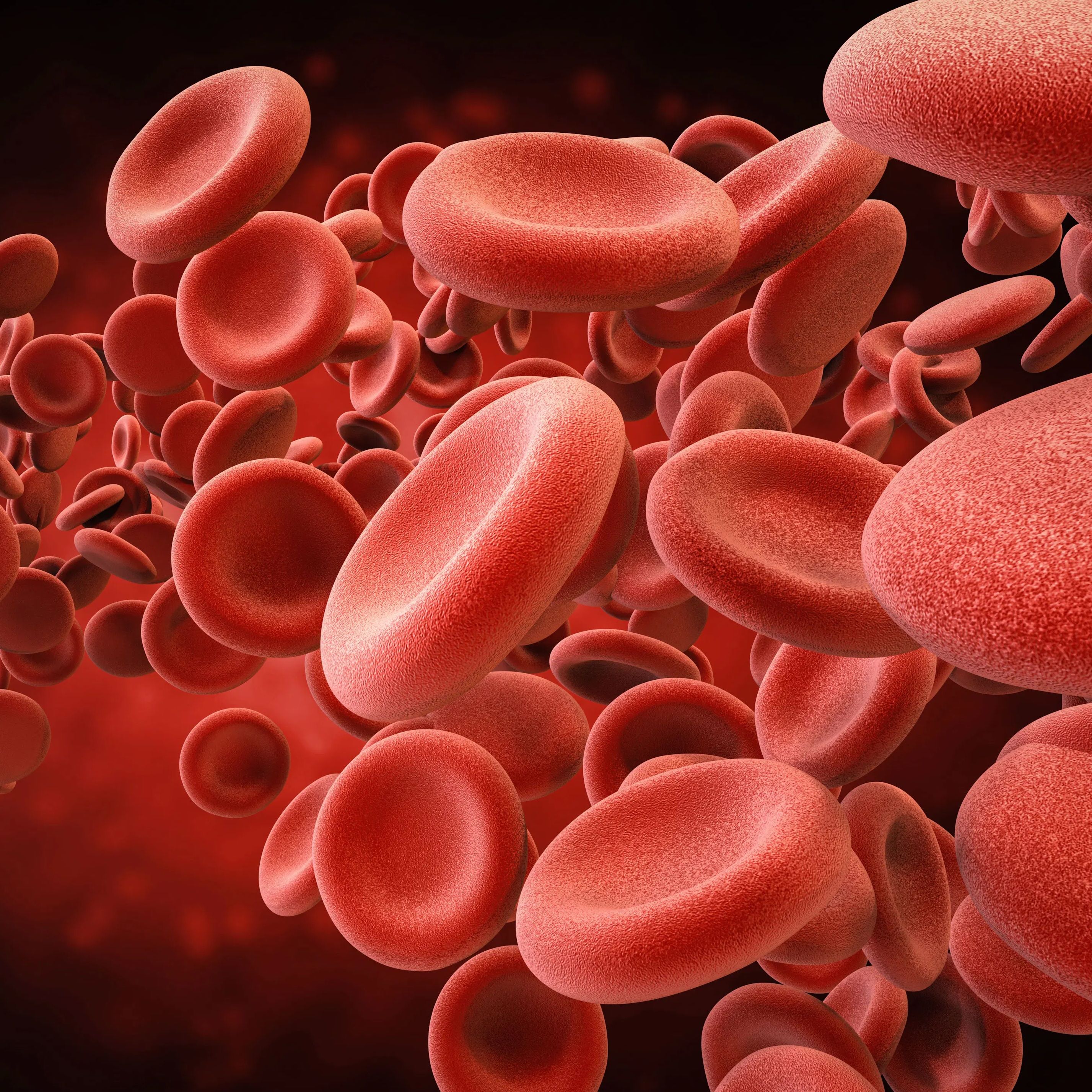Publication
Article
Treatment of an 83-year-old man with congestive heart failure
An 83-year-old man with a history of hypertension and atypical chest pain on exertion was admitted to the hospital because of dyspnea. On clinical examination he had minor ankle edema and moderate pulmonary congestion. Cardiac auscultation revealed a discrete systolic murmur. The electrocardiogram showed a sinus rhythm and left ventricular (LV) hypertrophy with strain. An echocardiogram showed LV dilatation (LV end-diastolic diameter 69 mm); the LV ejection fraction was 15%. Minor mitral valve regurgitation was noted. A coronary angiogram revealed no significant coronary artery stenoses. After stabilization, he was referred to an out-patient, nurse-based heart failure management program, placed on an angiotensin-converting enzyme inhibitor, and started uptitration with a beta blocking agent.
Heart failure education was pro-vided to the patient and his relatives, and exercise rehabilitation was offered but refused. Despite these measures he remained in New York Heart Association functional class III, and consequently spironolactone (Aldactone, Spironal) was added. The patient was discharged from the management program on optimal pharmacologic treatment and referred back to his primary care physician for follow-up.
Spironolactone was stopped after 2 months due to serious hyperkalemia. The patient was reevaluated by a cardiologist. The echocardiogram showed an ejection fraction of 10% to 15% and moderate mitral valve regurgitation. The patient was still in sinus rhythm and QRS duration was less than 120 ms. It was concluded that drug therapy could probably not be further optimized and he was not a candidate for cardiac resynchronization therapy. He was not likely to benefit from mitral valve surgery, as regurgitation was only moderate. He was offered referral back to the nurse-led management program for another attempt at instituting spironolactone, but the patient was reluctant to travel to the clinic on a regular basis again. Because his expected life span was short (likely less than 1 year), the patient was supported in his decision to decline further aggressive interventions, and instead plans involving his family and primary care physician were made for home care and support. There comes a point at which palliation should be the objective of medical care.






